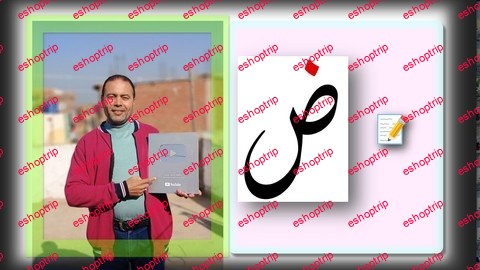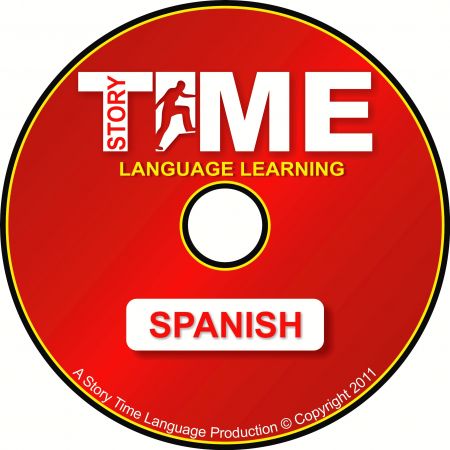Published 4/2024
MP4 | Video: h264, 1920×1080 | Audio: AAC, 44.1 KHz
Language: English | Size: 522.66 MB | Duration: 1h 15m
Teaching the Arabic language to non-native speakers
What you’ll learn
Reading the letters of the Arabic language correctly and smoothly
Writing Arabic letters in a correct and easy way
Learn the movements associated with the letters, such as fatha, dhamma, kasra, and sukoon, and practice them practically
Training to read some simple words practically and alert to common errors when pronouncing letters in words
Requirements
Training to read some simple words practically and alert to common errors when pronouncing letters in words
Description
Arabic language learning course for non-Arabic speakers. In this simple first level, we explain the basics of dealing with letters in the Arabic language, from knowing the name of the letter, the sounds of the letters, and the method of writing each letter from its beginning, passing through the letter, and ending with the dots, their number and positions, reading the names of the letters, reading aloud, and also the sounds of the letters, reading aloud, and repeating the information. More than once to confirm the information, emphasize some of the violations and fallacies that may occur, and emphasize the importance of following the audio explanation of the course so that the recipient does not fall into the problem of misreading some words or letters, free reading of the correct one.Then we moved on to explaining, detailing, and clarifying the movements that accompany the letters and are often inherent in most words of the Arabic language. As usual, we conducted a practical exercise in reading aloud and asked the honorable viewers to repeat over and over again to confirm the information. We read all the movements for all twenty-eight Arabic letters.Then we read many simple, carefully selected, easy words, words that are all three letters, and contain the vowels that were explained in the current course in full. We also conducted training on reading aloud, explained most of the details, and clarified the problems that the learner may encounter during the pronunciation of some words, the resemblance of letters to each other, and the detailing of similarities. Including and clarifying the correct way to read. We asked our dear followers to continue reading Arabic words, whether in the current course or to follow us in advanced educational courses in the same field. We ask God for success.
Overview
Section 1: Introduction
Lecture 1 Introduction The first video the names of the individual letters, their sounds
Section 2: The second video is reading the letters with the Fatha, Damma and Kasra vowels
Lecture 2 The second video is reading the letters with the Fatha, Damma and Kasra vowels
Section 3: reading simple words with the original movements
Lecture 3 The third video is reading simple words with the original movements
Section 4: Read some simple words and practice composing letters
Lecture 4 Read some simple words and practice composing letters
Section 5: Read more words and practice pronunciation of letters
Lecture 5 Read more words and practice pronunciation of letters
This course is for beginners in learning the Arabic language from non-native speakers
Homepage
https://anonymz.com/?https://www.udemy.com/course/speaking-arabic-the-first-level-for-non-arabic-speakers/










